Greece is known for fabulous beaches, quaint villages, great food and thriving cities. But no trip to the Greek Isles is complete without exploring its history as the birthplace of Western civilization some 4,000 years ago. UNESCO includes 19 places in Greece on its list of World Heritage Sites, and many of them are part of our Greek Isles and Adriatic cruise experience.
Athens: The Acropolis
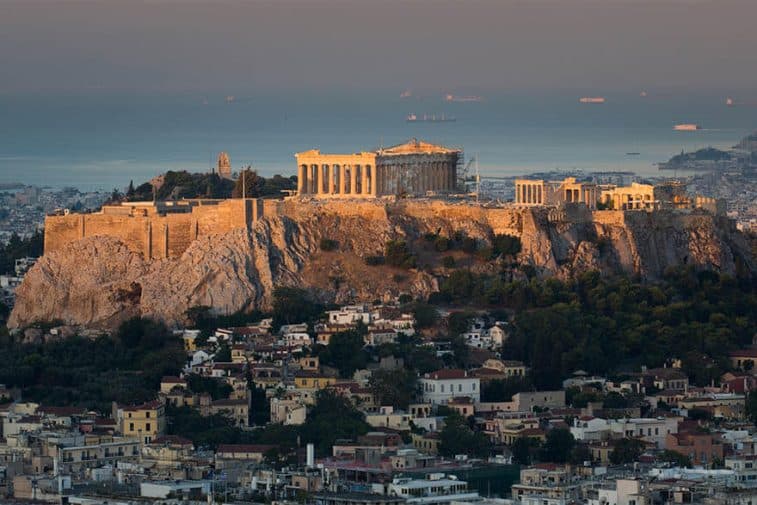
The Acropolis of Athens embodies the artistic, architectural and historic significance of ancient Greece. Completed in the fifth century B.C., the Acropolis overlooks Athens and includes the Parthenon, the Erechtheion and the Odeon of Herodes Atticus.
What you’ll see: Ruins of ancient buildings like the Ancient Agora, the Theater of Dionysos, and most famous of all, the Parthenon. Also onsite are the Temple of Athena Nike (Athena of Victory), the Erechtheion, which is the tomb of a legendary king of Athens, and the Temple of Hephaistos (Theseion). The Acropolis Museum houses artifacts from the Bronze Age to Byzantine Greece.
Best way to visit: On voyages that begin or end in Athens, add an extra day to your trip to visit the Acropolis. Better yet, take advantage of a three-day pre-cruise tour (connected to Wind Spirit’s seven-day Athens-to-Athens voyage), which includes a guided tour to Delphi (along with hosted outings to Castalian Spring, the Grand Temple of Apollo, Delphi Museum, Meteora and the Parthenon).
Athens: The archeological site of Delphi

The archeological site of Delphi is one of the most visited sites in Greece, second only to the Acropolis. According to myth, Zeus sent two eagles in separate directions to find the center of the world, and the eagles met in Delphi. Delphi was also the location of the fabled Oracle of Delphi, a priestess whose prophecies were revered.
What you’ll see: The ruins of Delphi overlook beautiful mountains and the countryside. Nearby you can visit the Archaeological Museum of Delphi for a close look at artifacts found at the site, as well as the Tholos at Delphi, a circular temple.
Best way to visit: If your cruise embarks or ends in Athens, plan to stay an extra day. Delphi is about a 2½ hour drive from Athens (113 miles), or you could book a tour. Alternatively, Windstar offers a three-day pre-cruise tour (connected to Wind Spirit’s seven-day Athens-to-Athens voyage) with a guided tour to Delphi (along with hosted outings to Castalian Spring, the Grand Temple of Apollo, Delphi Museum, Meteora, the Acropolis and the Parthenon).
Mykonos: The island of Delos
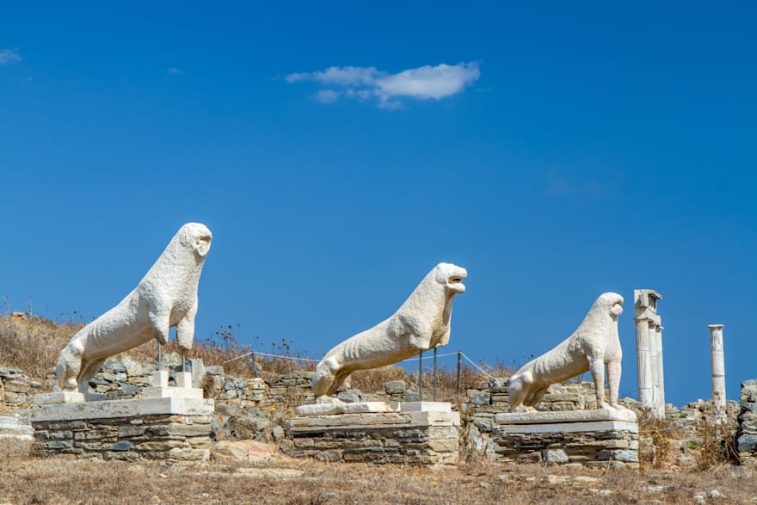
The island of Delos (largely uninhabited except for archaeologists who work there) is one of the most important archaeological sites in the Mediterranean. The ancient Greeks believed Delos was the birthplace of the god Apollo and his sister Artemis. It was a destination for wealthy travelers in ancient Greece, but fell into decline when it was attacked by Romans and was eventually abandoned.
What you’ll see: A 2½-hour guided stroll includes attractions such as the Sanctuary of Apollo with its three temples dating from the sixth and fifth centuries B.C. To the west of this sanctuary lies the Sacred Lake, where according to legend, Apollo was born. Standing guard over the Sacred Lake are nine replicas of famous marble lions that were a gift from the people of Naxos in the seventh century B.C. (The originals are in a museum.) Other attractions include the amphitheater and the nearby theater quarter where wealthy owners built opulent houses with grand colonnaded courtyards.
Best way to visit: Delos is accessed via a 45-minute ferry ride from the island of Mykonos; you can arrange an independent tour or book a shore excursion via Windstar. The company’s Treasures of the Greek Isles seven night itinerary includes calls at Mykonos.
Pátmos: Historic Centre (Chora) with the Monastery of St. John
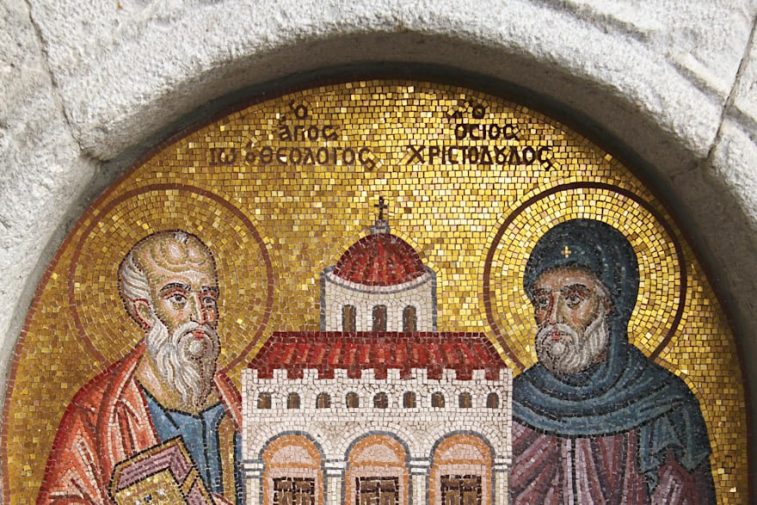
Historians believe that St. John the Theologian spent time on Pátmos to write his Gospel and the Apocalypse. In the 10th century, a monastery was built in Pátmos to honor him. The historic center is a popular destination for religious pilgrims, making it an ideal place for learning more about Greek Orthodox history. The historic center and monastery are the primary attractions on the island of Pátmos.
What you’ll see: Windstar calls at Pátmos, and its tour includes the village of Chora, where the dramatic Monastery of St. John, built in 1088, is located. Don’t miss the intricately designed courtyard and beautiful frescoes adorning the chapel entrance. Its museum features an original El Greco, crowns, crosses, icons and religious paintings. Also on the excursion is a visit to the Grotto of St. John, a monastery built around the cave where St. John (John the Baptist) lived for two years while he wrote the Apocalypse.
Best way to visit: Windstar calls on Pátmos on its seven night Treasures of the Greek Isles seven night voyages. You can book a guided tour via the cruise line to the main sites of the island.
Old Town of Corfu

The island of Corfu is strategically positioned at the entrance to the Adriatic Sea, and its Old Town dates to the eighth century B.C. Its forts defended the trading interests of the Republic of Venice for four centuries before yielding to French, British and Greek governments. Their cultures have created a mélange of influences.
What you’ll see: Look for the varying architectural styles of the Italian, French and British as you wander through the old town. Visit the forts and the Archaeological Museum. Corfu is also a fun, energetic shopping and dining destination; jewelry, olive wood and needlework are good buys.
Best way to visit: As a port of call, you can often find Corfu on itineraries that blend both the Adriatic and Greece, such as its Adriatic Archipelagos and Greek Goddesses sailings.
Katákolon: The archaeological site of Olympia
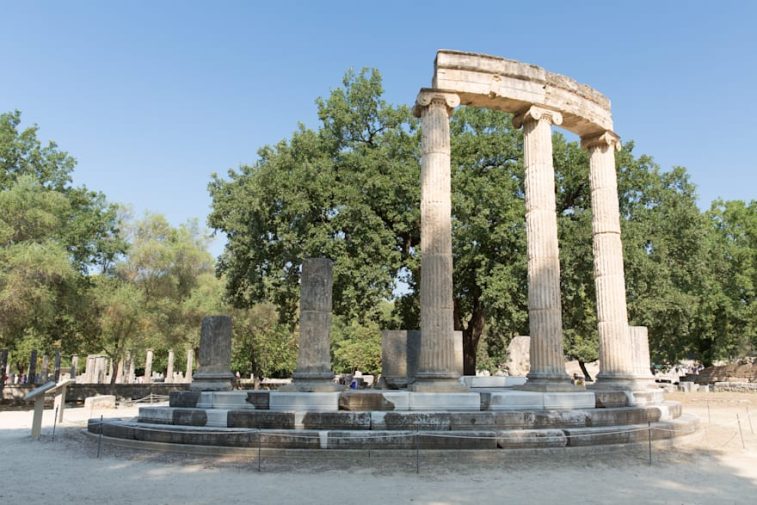
Olympia’s archaeological site is a sanctuary dedicated to Zeus, the king of the Greek gods who controlled the sky, thunder, rain and lightning. In ancient times, thousands of athletes and spectators flocked to Olympia to participate in the original Olympic games. You can even find the remains of structures used for the games, which makes it an excellent destination for sports and history enthusiasts.
What you’ll see: Monuments at Olympia include the Temple of Zeus, the Temple of Hera, an ancient hotel, the bouleuterion (council chamber), training facilities and the grand stadium where athletes would demonstrate their talents. You can also find a museum that includes athletic equipment, sculptures, weaponry and more. Take a short walk to the newly renovated museum to see excavations from the site. The most prized exhibit is a fourth-century Parian marble statue of Hermes of Praxitelis, a masterpiece of classical sculpture from the Temple of Hera.
Other exhibits include a sculptured head of Hera and the pediments and metopes (rectangular adornments) from the Temple of Zeus.
Best way to visit: Olympia is 25 miles east of the fishing village of Katákolon, a port of call featured on itineraries that sail the Greek Isles and the Adriatic. Windstar’s Adriatic Archipelagos and Greek Goddesses voyages visit Katákolon. Windstar offers several tours to Olympia.
Nafplio: Archeological site of Mycenae and Tiryns
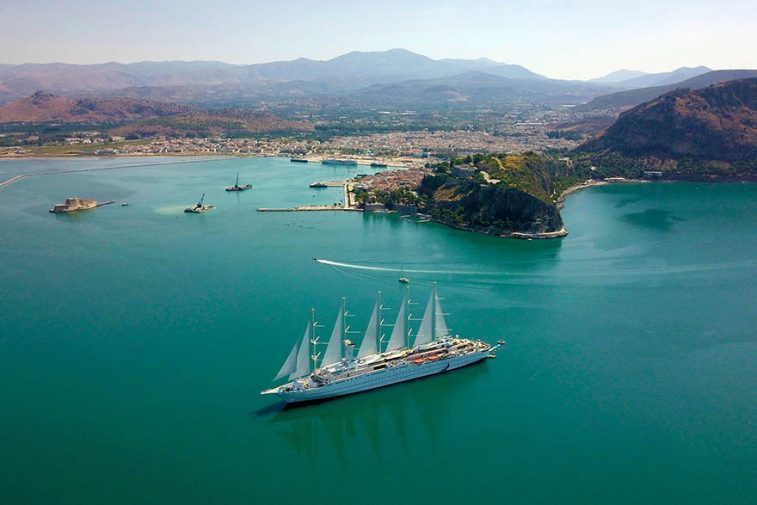
This site includes the ruins of two of the greatest cities from the Mycenaean civilization, which dominated the area between the 15th and 21st centuries B.C. and were critical in the development of classical Greek culture. Mycenae and Tiryns are also associated with “The Odyssey “and “The Iliad,” the epic poems that have influenced art and literature for centuries.
What you’ll see: Ruins of its palace and the famed Lion’s Gate. There’s a museum on site.
Best way to visit: Windstar includes Nafplio on its Treasures of the Greek Isles itinerary, roundtrip from Athens. From the port of Nafplio, Windstar offers a shore excursion to the ancient ruins of Mycenae.






Lovely idea. Will try to find the dates…